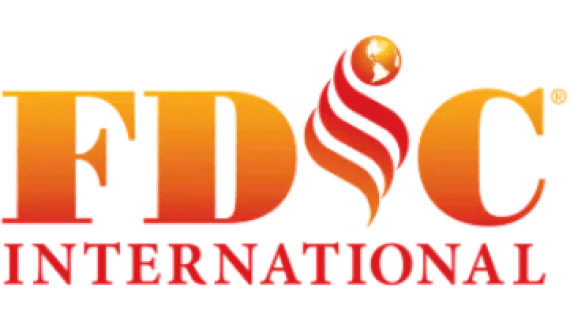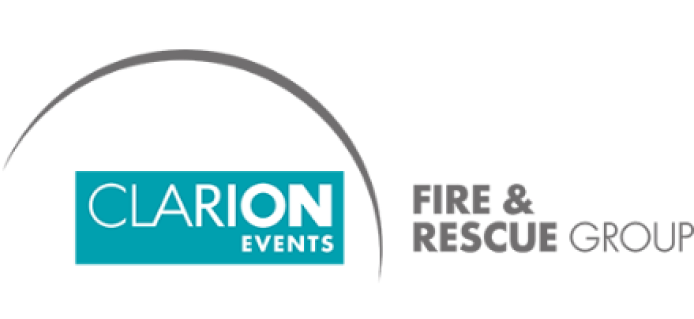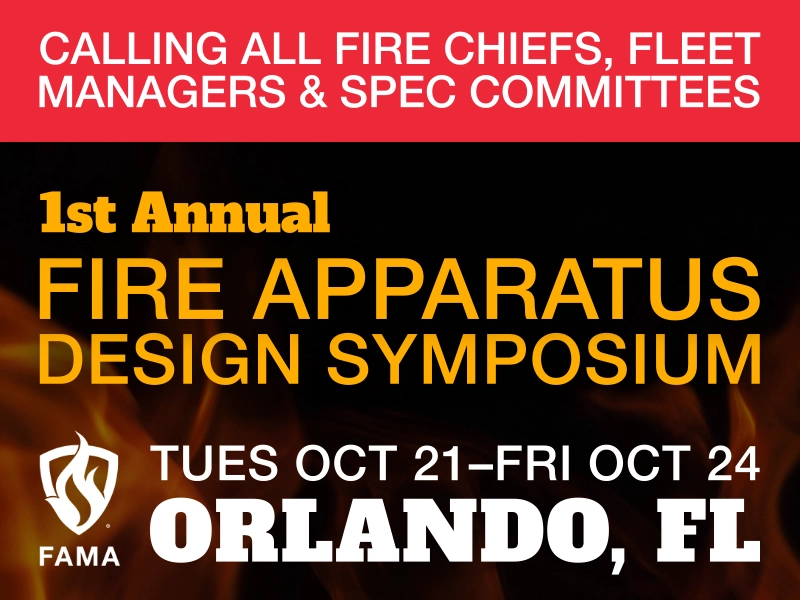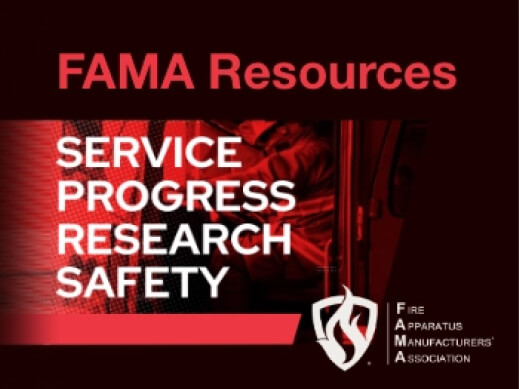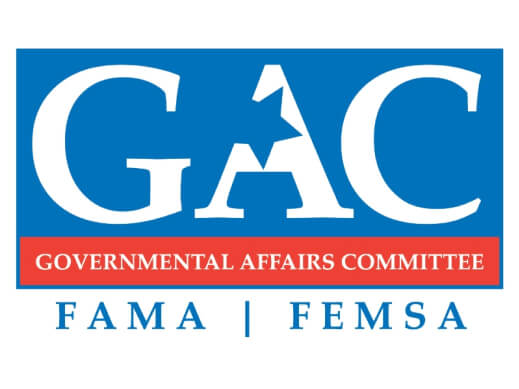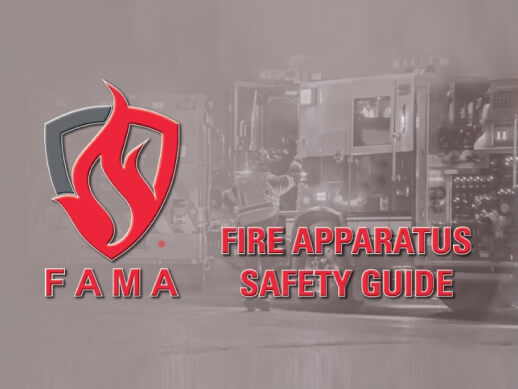Calling all firefighters, industry experts, and apparatus manufacturers! Have you ever worked on the spec for a fire truck and bumped up against something in National Fire Protection Association (NFPA) standards that limited or expanded the scope of your project? Have you ever wished there were some way you could “change the rules” to allow the type of technology or function you intended? There is a way! Furthermore, you are encouraged to get involved and voice your opinion on such issues.
The NFPA standards which many agencies and apparatus manufacturers use as the national “best practices” consensus standards are just that: consensus standards. This means they are open for review, comment, and changes proposed by members of the public, organizations like the Fire Apparatus Manufacturers Association (FAMA), firefighters, and industry professionals.
I hear it all the time: “The NFPA is just a group of manufacturers pushing their products.” That could not be further from the truth. Participation and input from parties knowledgeable in the subject matter are a necessary and welcomed part of the NFPA process. In fact, the NFPA rules require that the committee be balanced so that manufacturers do not represent more than a third of the committee. Input from diverse sources help the technical committees strike a balance relative to the interests of all individuals and groups who may be affected by the standard.
FAMA MEMBERS HAVE A VOICE ON THE NFPA 1900 TECHNICAL COMMITTEE
A FAMA member company automatically has an active voice on the NFPA 1900 Technical Committee. FAMA has two allocated representatives–one primary voting member and one alternate member. Other FAMA member companies also have appointed manufacturer representatives on the committee as well. This year’s NFPA First Revision Draft Technical Committee meeting was a virtual meeting because of the COVID-19 health crisis. Many FAMA member companies participated. Our collective impression was that more feedback from the community and public would have been helpful in shaping the standard.
NFPA 1901 AUTOMOTIVE FIRE APPARATUS STANDARD REVISION
In 2019, the NFPA enacted a plan to consolidate many of the documents related to emergency response and responder safety. The legacy documents related to fire apparatus were included in this plan, and the revision cycles were realigned to accommodate a new “combined” document. It is being drafted now and includes Fire Apparatus, Wildland Apparatus, ARFF vehicles, and Ambulances. The New “combined” standard will be known as “NFPA 1900” and will be initially published in 2024.
NFPA 1900 will now be a consolidation of, and will completely replace, the following existing NFPA standards:
- NFPA 1901, Standard for Automotive Fire Apparatus, 2016 ed. https://www.nfpa.org/codes-and-standards/all-codes-and-standards/list-of-codes-and-standards/detail?code=1901
- NFPA 1906, Standard for Wildland Fire Apparatus, 2016 ed. https://www.nfpa.org/codes-and-standards/all-codes-and-standards/list-of-codes-and-standards/detail?code=1906
- NFPA 1917, Standard for Automotive Ambulances 2019 ed. https://www.nfpa.org/codes-and-standards/all-codes-and-standards/list-of-codes-and-standards/detail?code=1917
- NFPA 414, Standard for Aircraft Rescue and Fire-Fighting Vehicle, 2020 ed. https://www.nfpa.org/codes-and-standards/all-codes-and-standards/list-of-codes-and-standards/detail?code=414
OPTIONS FOR NFPA PARTICIPATION
NFPA technical committee meetings are open to any/all interested parties, including those who are not members of the NFPA or of the technical committee. Although only committee members can vote on proposals, anyone can submit a proposal for consideration by the committee, and all persons in attendance at committee meetings have an opportunity to participate in task group discussions of the various proposals under consideration. FAMA encourages member participation in both the NFPA document revision process, and the technical committee meetings. If the below information is not sufficient, FAMA encourages you to reach out to the NFPA Staff Liaison (For current contacts, please see: https://www.nfpa.org/codes-and-standards/all-codes-and-standards/list-of-codes-and-standards/detail?code=1900&tab=committee) or the Technical Committee Chair (Roger Lackore) to answer questions about how to get involved. Alternately, you can also contact a FAMA member representative who is also a member of the appropriate NFPA technical committee:
18/18A – Principal: Jerry Halpin, Alternate: Mike Dupay
414+/ARFF – Principal: Paul Powell, Alternate: Duane Kann
1451 – Principal: Roger Lackore, Alternate: OPEN
1500 – Principal: Roger Lackore, Alternate: OPEN
1585 – Principal: Scott Beecher, Alternate: Roger Lackore
1901 – Principal: Sam Massa, Alternate: Philip Gerace
1917 – Principal: Steve Rowland, Alternate: Mike Franckowiak
The first step in becoming involved is to become familiar with the NFPA 1900 standard contents. It is extremely important that you read the standard (or at least those portions that will affect your company or agency). Some self-appointed “NFPA experts” talk about what the language in the standard means or does not mean without knowing what the document says. You can create an account on the NFPA site (https://www.nfpa.org/) for free and have access for reading any standard you choose.
After you have become acquainted with the contents of the standard that is of interest, you may then choose to participate in any of three capacities. You can submit a public input or comment (explained below), or you can become part of a Task Group as a subject matter expert, or you can request time to speak at an NFPA Technical Committee meeting; you must do this at least seven days in advance of the meeting.
If you prefer to become a voting member of the Technical Committee, you can apply to the NFPA for a committee appointment:
- Visit the NFPA Web site (see the next paragraph),
- Click “Technical Committee,” and
- Click “Apply to Committee.”
As already noted, the consolidated NFPA 1900 standard is mid-cycle. Table 1 shows the upcoming scheduled steps in the revision process. A description of the complete revision process is at: https://www.nfpa.org/codes-and-standards/all-codes-and-standards/list-of-codes-and-standards/detail?code=1900
The official NFPA process guide is at: https://www.nfpa.org/-/media/Files/Codes-and-standards/Regulations-directory-and-forms/Stds_Dev_Process_Booklet_2018.ashx
Table 1. Scheduled NFPA 1900 Standard Process Events
| EVENT | DATE |
| First Draft Report Posting | September 3, 2021 |
| Second Draft Public Comment Closing Date | November 12, 2021 |
| Second Draft Public Comment Report Posting | August 12, 2022 |
| Addition of Motions Committee Report Closing Date Notice of Intent to Make a Motion (NITMAM) | September 9, 2022 |
| NITMAM Posting Date | December 14, 2022 |
REVISION CYCLE
The NFPA document revision cycle is unofficially divided into three phases.
Phase 1. The public is invited to review the existing document and make suggestions related to its content. These submissions are called “Public Inputs” (“PIs”) and are reviewed by Task Groups, whose membership is open to any subject matter expert. The Technical Committee then reviews the PIs and votes on the proposals and publishes a first draft. At the time of this publication, all public inputs for the new NFPA 1900 Standard have already been reviewed by the technical committee, and they have been published in the First Draft.
Phase 2 (open now!). Individuals can comment on the “First Draft” proposal the Technical Committee approved during the first phase. These PIs will thereafter be reviewed by the Task Groups and then by the Technical Committee for a second time, and the Committee will then publish a “Second Draft” of the proposed revision.
Phase 3. After the second draft is published, anyone who submitted a public comment and disagrees with the work of the Technical Committee can make an amending motion at an NFPA Technical meeting and file a Notice of Intent to Make a Motion (NITMAM). After the NFPA Technical Committee reviews and acts on any NITMAMs, the NFPA Standards Council approves and formally issues the document as a new revision. (See NFPA Standard-Developing Process below.)
NFPA Standard-Developing Process
Following are the steps (abridged) in the National Fire Protection Association (NFPA) standard-development process. The official documentation of the evolutionary process for any NFPA standard is available on the NFPA Web site (https://www.nfpa.org/):
- Document is opened for “Public Input” (PI).
- Task Groups review all PIs.
- Technical Committee meets and makes changes and reviews PIs.
- The Technical Committee (CT) members vote on the meeting’s results by written ballot?
- The results of the TC votes are published as a “First Revision Draft” and can be viewed by any member of the public.
- “Public Comments” (PCs) made during this phase MUST be related to a previous PI.
- Task Groups review all PCs.
- The TC meets and makes changes, reviews PCs, and so on.
- The TC votes on the revision by written ballot.
- The results of the ballot are published as a “Second Revision Draft” and can be viewed by any member of the public.
- Anyone who submitted a PC, disagrees with the work the TC, and wishes to make an amending motion at an NFPA TC meeting can file a Notice of Intent to Make a Motion (NITMAM). (Please refer to the NFPA for the complete technical process of filing.)
- At the June TC meeting, NITMAMs are reviewed.
- The new document is reviewed and issued by the NFPA Standards Council.
FAMA is committed to the manufacture and sale of safe, efficient emergency response vehicles and equipment. FAMA urges fire departments to evaluate the full range of safety features offered by its member companies.
Disclaimer: The statements contained in this article are based on the experience of the author through work with the NFPA 1901 and 1906 technical committees and are in no way intended to assert authority or speak on behalf of the National Fire Protection Association or its affiliates. This article is meant only to be a guide, and any action taken should be based only on official publications of the NFPA.
